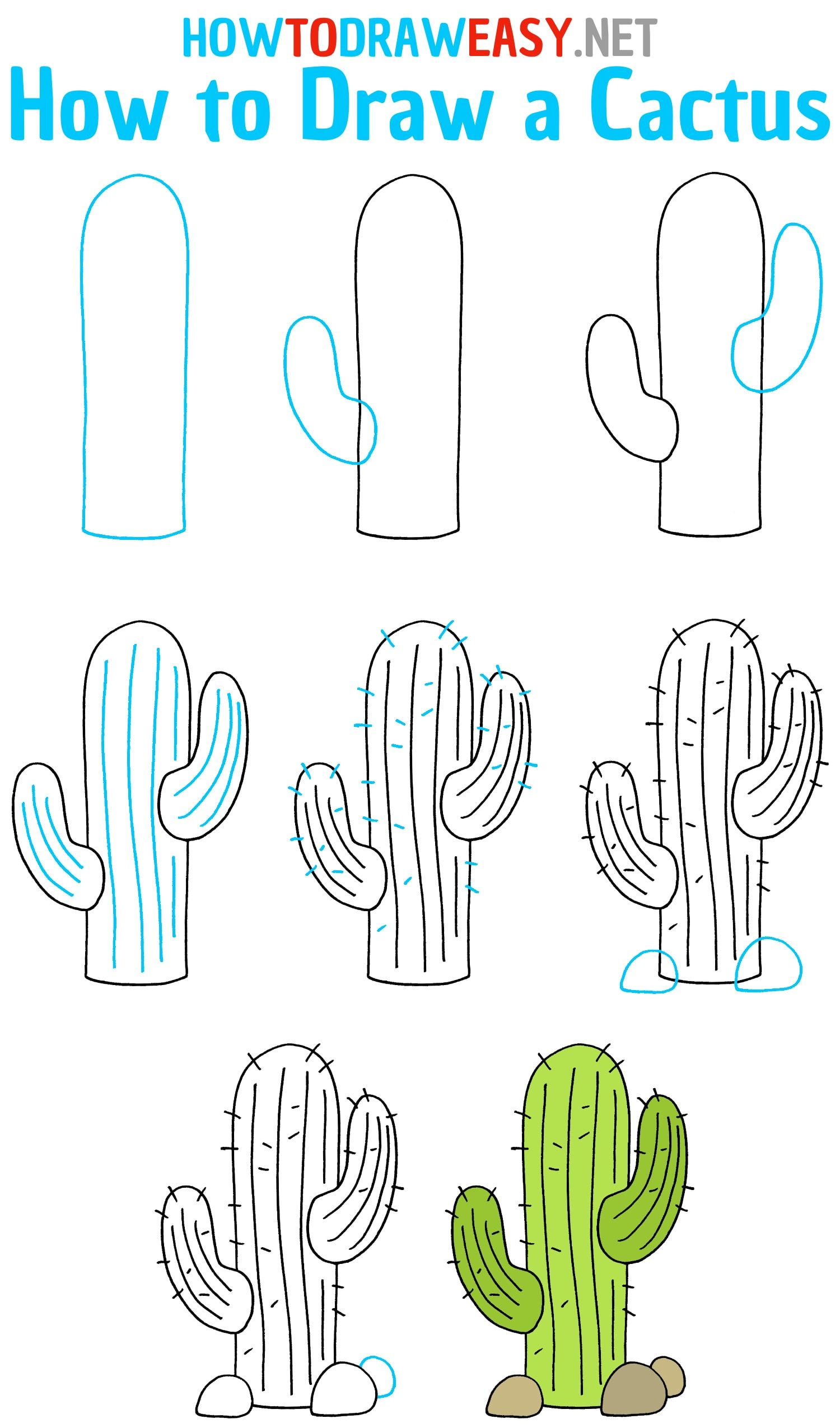Cutting and propagating cacti can transform the way you perceive these hardy plants, offering a glimpse into their intricate world while providing a rewarding and engaging gardening experience. Though often regarded as simplistic in care, cacti thrive when given the right attention and techniques. This guide will illuminate how to safely cut cacti and propagate them, granting you proficiency in nurturing your green companions.
Understand the Botanical Significance
Before embarking on the physical act of cutting, it is essential to comprehend the botanical significance behind such an endeavor. Cacti, belonging to the diverse family of Cactaceae, exhibit striking adaptations for survival in arid environments, such as fleshy stems and thickened epidermis. These features not only facilitate water retention but also create a unique opportunity for propagation through cuttings.
When you remove a segment from a cactus, you’re delving into the plant’s morphology, allowing you to regrow a new specimen from the severed portion. Understanding the inherent resilience of these plants reinforces the importance of making judicious cuts that promote healthy growth.
Gathering Essential Tools and Materials
Embarking on this journey necessitates the right equipment. The following tools will prove invaluable for ensuring a seamless cutting and propagation process:
– Sharp, clean knife or pruning shears: A sterile blade minimizes the risk of introducing pathogens to the plant.
– Rubbing alcohol: This is crucial for sanitizing your cutting tools before making any incisions.
– Potting soil or cactus mix: A well-draining substrate is essential for successful rooting.
– Pots: Choose containers with drainage holes to prevent excess moisture retention.
– Gloves: Protect your hands from needles and spines, as many cacti possess sharp appendages.
Getting Acquainted with Cactus Types
Cacti come in various shapes and sizes, each with unique characteristics that influence the cutting process. It’s important to distinguish between these types:
– **Columnar Cacti**: These tall, upright types, such as the Saguaro or Organ Pipe, can often be cut into segments. Each portion has the potential to root successfully.
– **Clumping Cacti**: Varieties like the Mammillaria or Echinopsis produce offsets, or “pups,” that can be gently disentangled from the main plant for reproduction.
– **Opuntia (Prickly Pear)**: This subtype, characterized by its flat pads, yields segments that can be rooted separately. Exercise caution with their glochid spines.
Making the Perfect Cut
Fresh cuts can stimulate new growth; thus, selecting the optimal time is vital. The ideal season for cutting is during the active growth period, typically in spring or early summer. Follow these steps for an effective cut:
1. **Sanitize Your Tools**: Immerse your knife or shears in rubbing alcohol for several minutes, allowing for complete disinfection.
2. **Select Your Section**: Identify a healthy segment on your cactus. Ensure it is free from disease or rot. Avoid overly mature or weakened areas.
3. **Apply Caution**: Wear gloves to shield your hands from spines. Firmly grasp the cactus near the base of your chosen area, and make a clean cut perpendicular to the stem line.
4. **Allow for Callousing**: Place the cutting in a warm, dry area for several days to allow the wound to callous over. This step is crucial for preventing rot once your cutting is placed in soil.
The Art of Propagation
Once your cutting has formed a callous, you can commence the propagation process. Follow these guidelines for optimal results:
– **Prepare Your Potting Mix**: Use a cactus-specific potting soil composed of a blend of sand, perlite, and peat to ensure adequate drainage.
– **Planting the Cutting**: Insert the calloused end of your cactus segment into the potting mix, burying it to a depth of about one-third of the cutting’s height. Ensure that the bottom remains stable.
– **Water Sparingly**: After planting, refrain from watering immediately. Wait for at least a week to allow the plant to settle into its new environment. Following this wait, water lightly, providing just enough moisture to encourage root development.
Monitoring Growth and Establishing Care
As you embark on your propagation adventure, patience becomes an invaluable companion. The rooting process can take from several weeks to months, depending on the species and environmental conditions. During this time, keep a close watch on your cutting:
– **Light**: Place your newly potted cactus in a location where it can receive indirect sunlight. Direct sun in the early stages may cause undue stress.
– **Humidity**: Maintain moderate humidity levels. A dry environment is favorable, as excess moisture can lead to rot.
– **Temperature**: Cacti thrive in warm environments, ideally between 70°F (21°C) and 100°F (38°C). Make certain the area remains consistently warm.
As roots begin to develop, signs of new growth will become perceptible, invigorating both your confidence and your collection of cacti. The act of cutting and propagating these fascinating flora represents a shift in perception. It transforms them from mere objects of curiosity into an active endeavor that fosters a personal connection between you and your plants.
In conclusion, the art of cutting and propagating cacti not only enables you to expand your garden but also enriches your understanding of these delightful, resilient plants. With patience, care, and attention to detail, even novice gardeners can experience the joy of creating new life from an existing cactus.





Leave a Comment